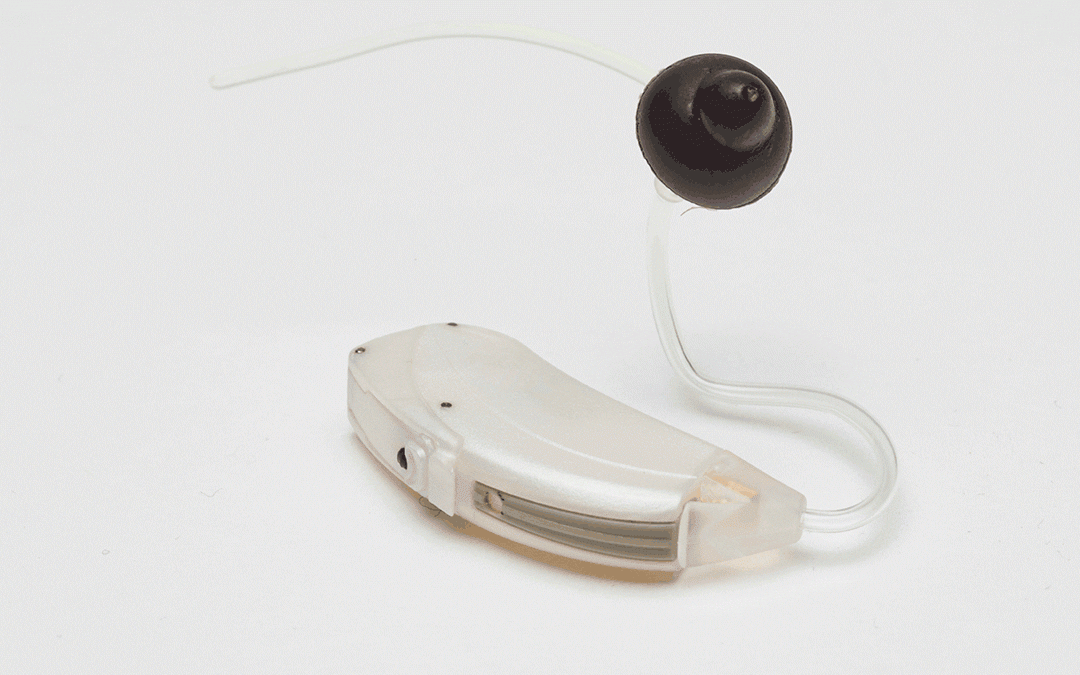
Jul 10, 2018
Anyone who suffers from hearing loss should bear in mind that appropriate treatment with a hearing instrument not only benefits the person wearing it, but also those with whom he or she communicates on a regular basis. In fact, the spouse, siblings, friends,...

Jul 3, 2018
Over the past fifteen years, “thin tube” and “receiver-in-the-ear” (RITE) hearing instruments have come to dominate the “behind-the-ear” (BTE) market. These smaller, stylish designs have a more appealing look, are more comfortable to wear, and are easier to adjust...

Jun 26, 2018
Recent research indicates that listening to something while looking in a different direction slows reaction times, as the brain works to overcome distractions. Whether we are driving or conversing, this finding reinforces the idea that, by casting our gaze in a...

Jun 19, 2018
Jet travelers often encounter the potentially painful problem (medically known as “barotrauma”) of having their ears blocked and in need of “popping.” Most people respond to this annoying sensation by yawning, which helps to open the Eustachian tubes and regulate...

Jun 5, 2018
When older adults shun the use of hearing instruments, it’s often due to the stigma attached to wearing one. Many figure they can endure the inconvenience of missing a few words of conversation if it helps to preserve their youthful visages. The fact is, however, that...

May 29, 2018
One of the keys to improving the understanding of speech in a noisy environment involves improving the “signal-to-noise” ratio (SNR). An SNR figure indicates how many decibels louder speech is than the surrounding noise. The higher the SNR, the easier it is for the...







